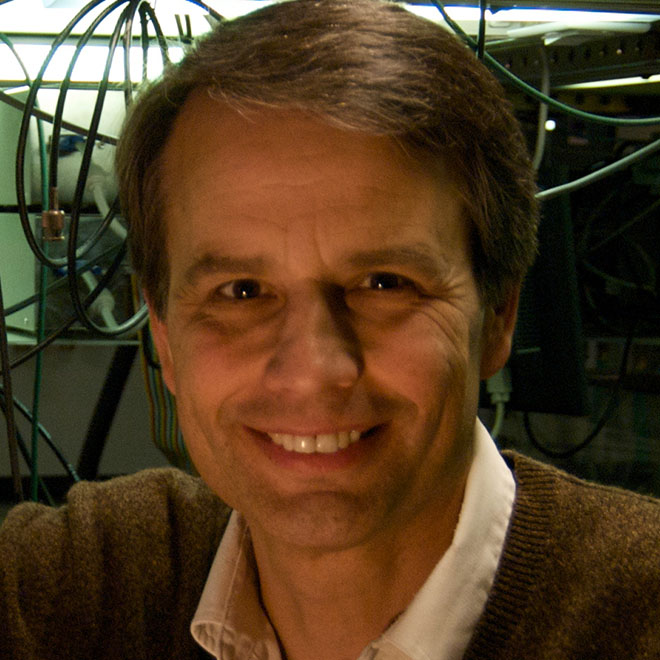I am currently investigating molecular clocks based on iodine in the gas phase. In collaboration with a group at Stanford, we are attempting to reach theoretical limits in compact packages (<1 cm^3) that previously were only attainable in large laboratory settings. The work entails the study of fundamental line broadening and shifting mechanisms due to environmental and materials effects and the consequences of laser-matter interactions in very small volumes. An essential element in high stability optical clocks is a tunable, narrow-linewidth laser used to probe the resonances in the iodine molecules. Our group is studying fundamental limits to performance and efficiency in compact solid-state lasers for clock applications. In addition to the clock research, I have joined a team developing a new approach to the search for evidence of dark matter in the electromagnetic spectrum.
Awards and Achievements
- Guest Editor, IEEE Journal of Special Topics in Quantum Electronics ( 1996)
- Guest Editor, IEEE Journal of Special Topics in Quantum Electronics ( 2003)
- Shared R&D 100 Award for development of "The FemtoScope: A Time Microscope" ( 2009)
- Elected Fellow of the Optical Society of America (OSA) ( 2011)
- Elected Fellow of the Institute of Electrical and Electronics Engineers (IEEE) ( 2012)
- Selected as an IEEE Photonics Society Distinguished Lecturer for 2015-2016 ( 2015)
- Named “One of 125 People of Impact” by the University of Wisconsin Electrical and Computer Engineering Department on the Occasion of the 125th Anniversary of the Department
